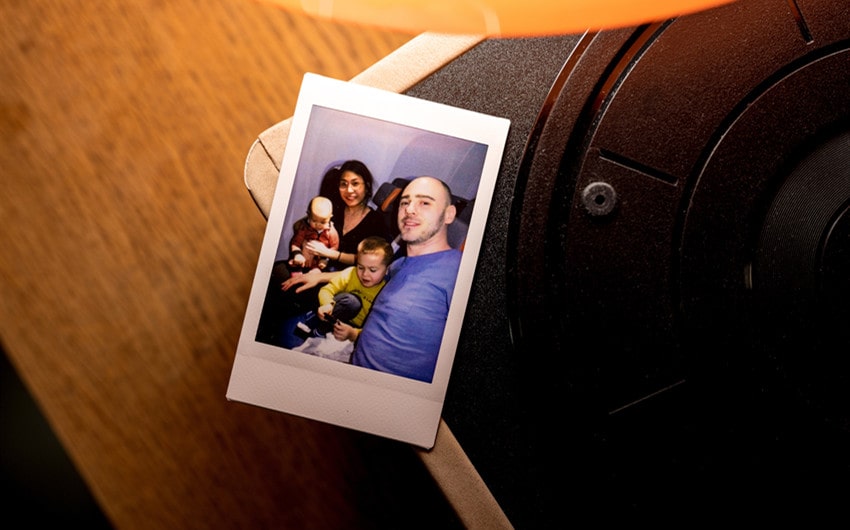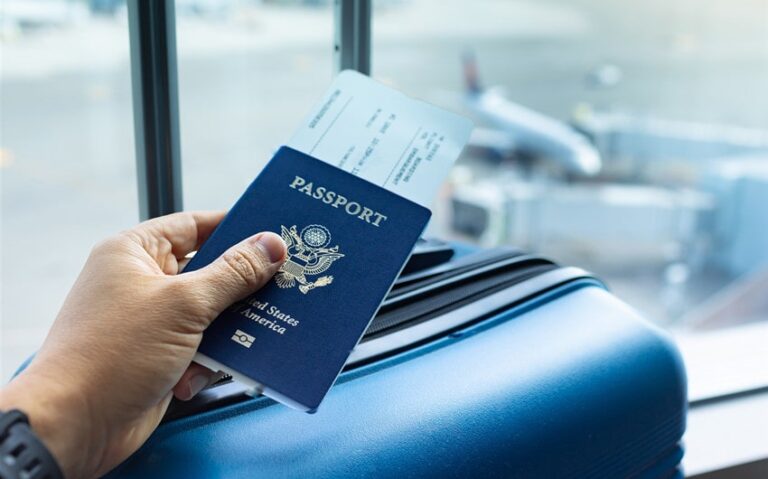Can Polaroid Film Go Through TSA? How to Protect Your Memories Before They’re Made
Can Polaroid film go through TSA? If you’ve ever traveled with instant film, you’ve probably faced that small internal panic at airport security: will the X-ray machine destroy your film? The short answer: sometimes yes. The longer answer is about sensitivity, exposure, and knowing how to advocate for your memories before they even exist. Because traveling with Polaroid isn’t just about equipment—it’s about how you choose to capture what the world shows you, one unpredictable frame at a time.
How TSA X-Ray Machines Affect Film
All film is sensitive to radiation. Airport X-ray machines—especially those used for carry-on luggage—emit low doses of radiation to scan your belongings. For most travelers, these machines are routine. But for film photographers, they can spell disaster.
Polaroid film, like other instant film (Fujifilm Instax, Kodak instant), is particularly fragile. It contains chemicals that develop your image in real time. Exposing it to X-ray radiation can cause:
- Faded colors
- Hazy streaks
- Murky patches
- Loss of contrast
And unlike digital photos, there’s no recovery button. Once it’s ruined, it’s gone. TSA even warns that film with an ISO of 800 or higher is especially vulnerable—but instant film behaves more like high-speed film than it does like a roll of 100 ISO. That means even one pass through an X-ray scanner can alter your images permanently.
Should You Send Polaroid Film Through Checked Baggage Scanners?
Absolutely not. Checked baggage scanners use more powerful X-rays than carry-on scanners. If carry-on X-rays are a risk, checked baggage X-rays are a guarantee of damage. In fact, Polaroid itself strongly advises against placing film in checked luggage for this exact reason.
Film packed in checked bags has a much higher chance of being fogged or destroyed—even with just one pass. Multiply that by a layover or rerouted bag, and your unopened pack of film might arrive looking fine on the outside but be unusable inside.
The Right Way to Carry Film Through TSA Checkpoints
Here’s the best approach if you’re traveling with Polaroid film:
- Keep it in your carry-on—never in checked bags
- Pack your film in a clear plastic bag or pouch for easy access
- Request a hand inspection from a TSA agent before your bag goes through the scanner
Yes, you can ask. TSA allows film to be hand-checked—especially if it’s ISO 800 or higher or if it’s instant film. Be polite. Be prepared. Say, “This is instant film and it’s very sensitive to X-rays. I’d like to request a hand inspection.”
You might get a confused look, or you might get someone who knows exactly what you mean. Either way, stand your ground kindly. You’re not asking for a favor. You’re protecting your art.
What About Preloaded Film in a Camera?
This is where things get tricky. If your camera is already loaded with Polaroid or Instax film, TSA agents may require it to be scanned. In some cases, they might open the back to inspect it—exposing and ruining the film. Others might swab it for explosives and let it pass without damage.
To avoid heartbreak:
- Travel with film unboxed and unloaded, especially if crossing multiple checkpoints
- Load the camera only after passing through security
Yes, it’s inconvenient. But so is losing a dozen irreplaceable frames before you even press the shutter once.
Can You Bring Used Film Through TSA?
Used film—or exposed but undeveloped Polaroid packs—should be treated just as carefully. X-rays can still alter the chemistry and affect final image quality when developed.
Once you’ve taken photos, store them in a separate pouch and request hand inspection again. It’s the same rule: once is all it takes to damage something delicate. And Polaroid moments are nothing if not delicate.
What TSA Recommends for Film Photographers
TSA’s own site says:
“We recommend that you bring your film and cameras containing film in your carry-on bag and request a hand inspection.”
This is especially emphasized for film ISO 800 and higher. Polaroid film doesn’t have an ISO printed on the packaging, but it behaves similarly to ISO 640–800 film. Don’t expect agents to know this—come prepared to explain.
Other Tips to Protect Your Film While Traveling
- Use a padded film pouch to cushion your film and keep it separate
- Label it clearly: “INSTANT FILM – DO NOT X-RAY – HAND CHECK REQUESTED”
- Bring a small portfolio of prior Polaroids if you need to explain what the film does
- Have patience: Not all TSA agents are familiar with film; approach them with kindness, not entitlement
It’s rare, but sometimes an agent may refuse a hand check, citing policy or delays. In that case, ask for a supervisor—but be prepared with backup film if the scanner becomes inevitable.
What About International Airports and Customs?
Once you leave the U.S., everything shifts. Airport security regulations vary widely. Some countries (like Japan or the UK) are familiar with film inspections. Others may not allow hand checks at all, no matter how politely you ask.
Plan accordingly:
- Bring just enough film for the trip, but not so much that it’s a burden
- Research film-friendliness of airports on your itinerary (Reddit, forums, and analog photo blogs help)
- Carry an emergency backup digital camera just in case your film gets ruined
Some serious film travelers even ship their unused or used film home via courier to avoid exposure at security checkpoints. That’s extreme—but it’s a measure of how much the medium matters to those who love it.
Why This Isn’t Just About Film—It’s About Control
When you shoot on Polaroid, you accept imperfection. You welcome it, even. That instant, tangible snapshot—flawed, raw, irreversible—is part of the appeal. But handing your unopened film over to a machine that could erase it before it even sees light? That’s a different kind of risk. That’s preventable.
You carry film not because it’s easy, but because it asks you to pay attention. That’s the kind of traveler you are. You don’t just see—you look. You don’t just take photos—you chase moments. And when you carry film, you’re not just protecting images. You’re protecting the chance for something honest to appear, exactly once.
So yes, Polaroid film can go through TSA. But it shouldn’t. Not if you want the full story to survive the journey. Ask for the hand check. Wait the extra few minutes. Your future memories will thank you.







